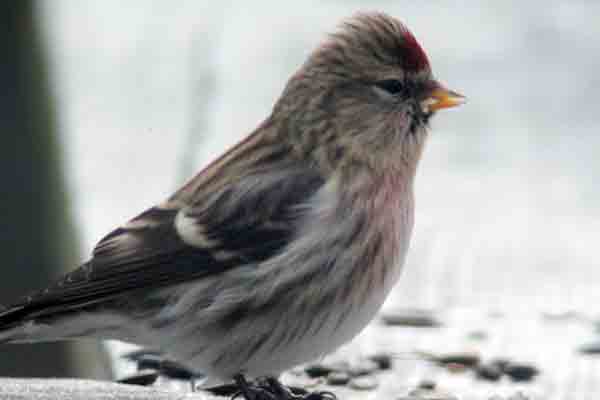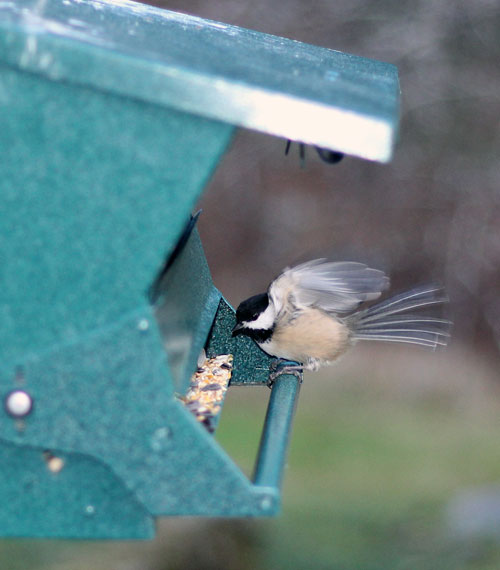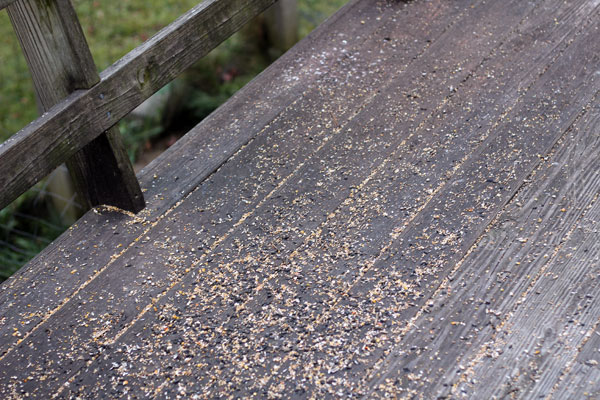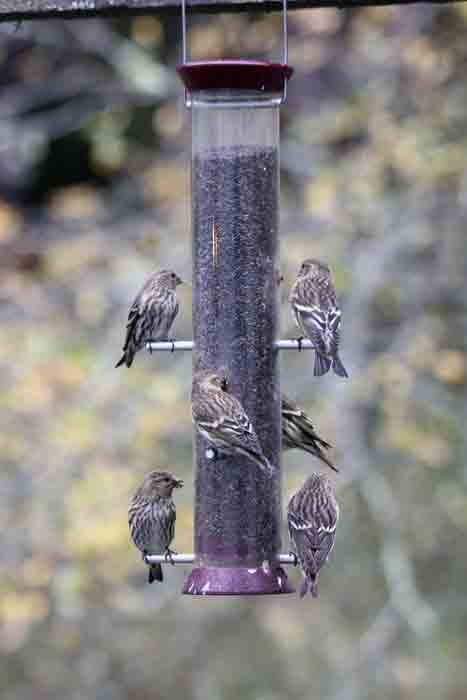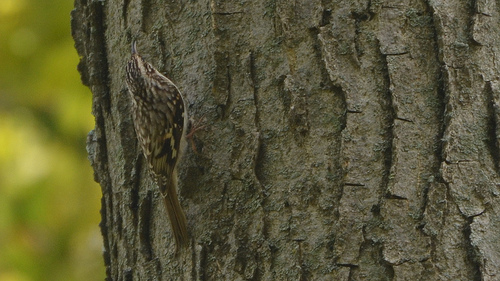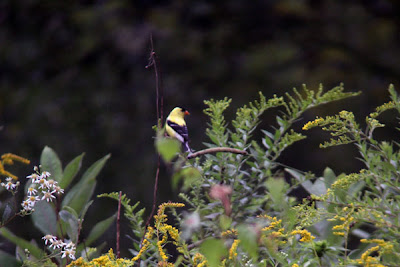I’ve been laid up after last Thursday’s surgery and while I have enjoyed watching birds coming to our feeders, it was nice to get out in the woods early this frosty morning for my first outdoor outing in nearly a week. Mary has done a great job with keeping the dog exercised but I was ready to take back that duty — carefully.
There’s not a lot out and about at daybreak aside from the chickadees, nuthatches, blue jays, and crows but they were nice to hear and see as I trudged up the crusty frozen path. I’ve been reading up on birding by ear and looking into recording and analyzing calls so I brought my iPhone along. Even though we live in the country, the background noises can be loud in the early morning. We have a noisy rooster a mile or so off and there’s always a dog or two barking in the distance. The traffic noise, even though the road is a half-mile off, can get loud and of course, I have the Vizsla tromping back and forth “helping” me bird. I think recording will be a work in progress for a while .. but an interesting aspect of birding to look into.
Since I had to take it easy and pause periodically, it was fun to remember past sightings as I moved along our trail — the trees where three Brown Creepers were calling to one another as they foraged, the dead snag where a hawk sat until the dog spooked it, the little meadow where a couple of Common Yellowthroats drove me nuts as I tried to get them to settle for a photograph. We then flushed a partridge and the dog was off and running again.
I find that this “virtual birding” is enjoyable — recalling specific birds you have seen at given points along a patch that you frequently bird. It’s a diversion on days were there are few birds but it also is a reminder that hey, it won’t be long until we start seeing ______ again.
And sure enough, as I returned and thawed my hands out, I noticed a new bird at the feeder. It was our first Common Redpoll of the season. We’ve been expecting them and it was great to see them again.


